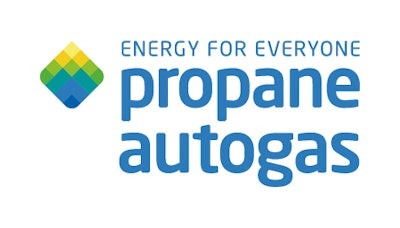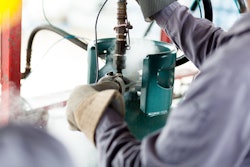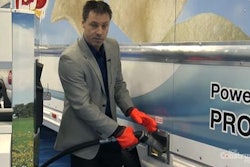
Fleet owners looking for a new engine solution will have new technology to turn to thanks to a partnership between Stanadyne, Katech and the Propane Education and Research Council. The innovation combines Stanadyne’s direct injection fuel pump and injector system with Katech’s vapor lock technology to create a medium-duty engine system that can deliver propane autogas at a constant 350-bar pressure directly into the engine.
“The direct liquid injection system for high-vapor pressure gases such as propane autogas has been technically elusive until this joint partnership between PERC, Katech, and Stanadyne materialized,” said PERC director of research and sustainability, Dr. Gokul Vishwanathan. “This technology will be a significant enabler for high-efficiency and low-emission propane and renewable propane-powered engines and hybrids for the on-road and off-road markets.”
The engine technology overcomes vapor lock, a common technical issue when liquified gases vaporize, which can interrupt fuel pump operation. The combined system fueled a standard 6.6L GDI engine during a 250-hour performance and durability test. The tests demonstrated that the technology works with existing engines.
“Internal combustion engines are the workhorses of our economy, and this advancement in technology will help them run much more sustainably using renewable fuels,” said Stanadyne president David Zimmerman. “The opportunity to partner with PERC and Katech on this initiative aligns with our commitment to developing solutions bridging the significant adoption gap between fossil-fueled propulsion and low-carbon and zero-carbon fueled vehicles.”
“This partnership has allowed Katech to focus more directly on the development and advancement of vapor lock systems, propane direct injection engine controls, and future propane direct injection engine applications,” said Katech lead engineer Eric Suits. “Collectively, we have produced a truly complimenting control strategy and delivery system necessary to ensure reliable propane direct injection operation under all operating conditions.”
Compared to diesel, propane autogas reduces harmful nitrogen oxide emissions and provides a reduction in carbon dioxide emissions. The engine technology can also utilize renewable propane.
“In the short term, this engine technology provides medium-duty fleet owners with a decarbonization solution to meet their immediate goals,” said Gavin Hale, director of business development at PERC. “But the real breakthrough is the long-term impact this will have to provide fleets with exactly what they need—a powerful engine that exceeds sustainability goals and reduces fuel and operation costs to provide the lowest total cost of ownership of any energy source.”
















